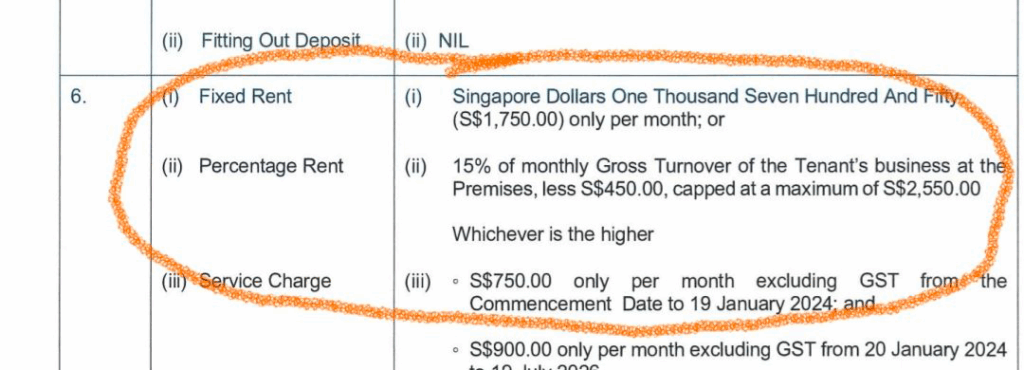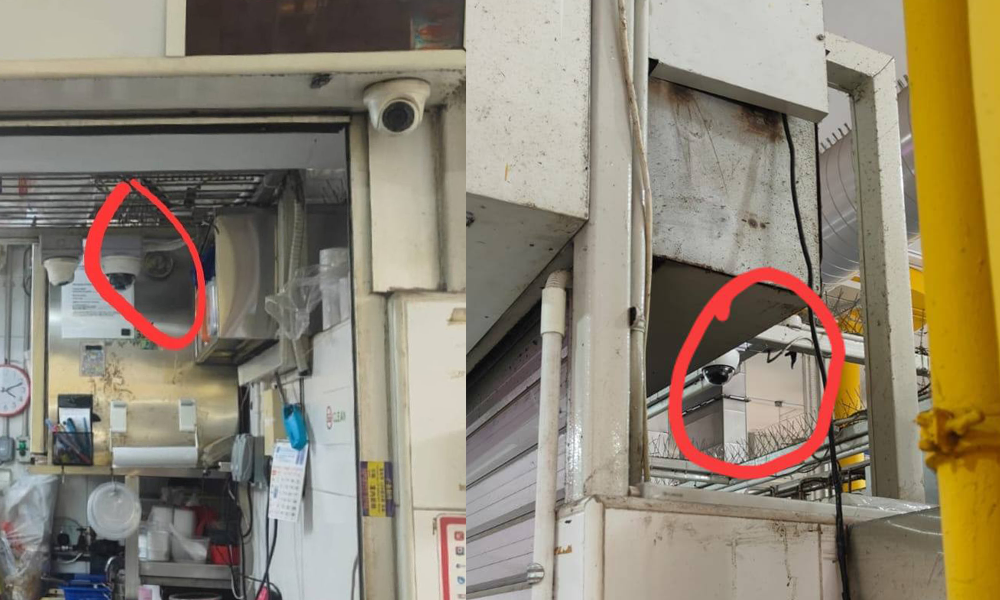Veteran food critic and hawker culture advocate KF Seetoh has issued a strong rebuttal to Timbre Group’s recent defence of its management of Yishun Park Hawker Centre, a Socially-conscious Enterprise Hawker Centre (SEHC).
In a Facebook post on 27 August, Seetoh reiterated concerns about high gas prices, the use of surveillance cameras, and penalty clauses.
He voiced disappointment that despite a full parliamentary debate in November 2024 and calls to phase out the SEHC model, no concrete reforms had been implemented.
Timbre Group’s earlier defence
On 26 August, Timbre Group responded to Seetoh’s initial 23 August post, where he described the SEHC rental and management framework as “exploitative” and in need of a major overhaul.
Seetoh had shared contract documents showing that hawkers at Yishun Park were required to pay rent pegged to 15 per cent of gross turnover, capped at S$2,550, or subject to a minimum of S$1,750, in addition to S$900 service charges and other administrative fees.

He argued this penalised successful hawkers while burdening all stallholders with fixed costs and additional mandatory charges, such as using designated gas suppliers and Timbre’s point-of-sale system.
In its statement, Timbre defended the gross turnover rental model as one that “better shares risks and rewards” between operator and hawkers, adding that half of any surplus revenue is reinvested into community programming and stallholder support.
The operator also clarified that CCTV cameras were installed in August 2024 following repeated noise complaints from residents and to ensure compliance with the point-of-sale system.
It maintained that penalties were imposed only as a last resort after warnings.
Seetoh invokes parliamentary debate on hawker culture
In his latest response, Seetoh recalled that Parliament had passed a motion in November 2024 supporting stronger governance of hawker culture.
The debate, initiated by then Non-Constituency MP Leong Mun Wai and later amended by PAP MP Edward Chia, concluded with unanimous support.
The amended motion read:
“That this House calls on the government to continue its support for hawkers by regularly reviewing its policies relating to hawkers and the management of hawker centres, which will help to sustain and grow Singapore’s hawker culture so that Singaporeans can continue to enjoy good and affordable hawker food while enabling hawkers to earn a fair livelihood.”
Lawmakers from both sides of the aisle had emphasised the need to preserve and sustain hawker culture, with one approved point calling for the abolition of the SEHC model and the creation of a new rental framework more supportive of hawkers.
“Many MPs spoke so warmly about their affinity with our hawker culture,” Seetoh wrote.
“But I didn’t see any movement. No action, and it’s still status quo. It really left a sour note and my curiosity as to how Parliament works.”
Criticism of commercial food court practices
Seetoh argued that while Timbre’s approach might be defensible if it were managing a privately built food court, the same model was inappropriate for a publicly funded hawker centre.
“Everything Timbre does at Yishun Park Hawker Centre is correct if it’s a commercial food court constructed with their own investments,” he said.
“But this is a public hawker centre built by government and paid Timbre to manage by providing ‘fair livelihood’ for hawkers. The Timbre contract does not look so on many fronts.”
Gas prices 50 per cent higher than NEA centres
Seetoh renewed his criticism of utility costs, claiming that hawkers at Yishun Park were paying 50 per cent more for gas compared with their counterparts in NEA-managed hawker centres.
A receipt shared by Seetoh shows hawkers at the park allegedly pay S$14 per gas unit, while in NEA-run hawker centres charge S$5 less.

He added that a petition by stallholders protesting the high rates only led to a token S$1 discount.

Dispute over CCTV in stalls
Timbre has said cameras were necessary to monitor point-of-sale compliance and to address late-night noise complaints from nearby residents.
Seetoh rejected this reasoning, arguing that hawkers typically did not create noise while cooking and that NEA had never found it necessary to install cameras inside stalls at centres located next to housing blocks.
“No hawker shouts incessantly when in the stall at work,” Seetoh wrote.
“That’s no excuse to surveil them with CCTVs inside the stalls.”

Questioning the “socially conscious” mandate
Seetoh further challenged whether Timbre and other SEHC operators were living up to their stated mission of being socially conscious.
“Timbre and all SEHC management should assess if their operation is indeed socially conscious based on government and community guidelines,” he wrote.
“If you only know the commercial food court model, you should decline managing it.”
He drew on his own international experience with food halls, including ventures in New York, Manila, and Singapore, as well as consultancy work for Food Republic and Rasa Pura at Marina Bay Sands.
According to Seetoh, the commercial food court framework should not be applied to community hawker centres that were intended to sustain livelihoods and cultural heritage.
“Go rethink, or rescind”
Seetoh ended his post by urging operators to reconsider their involvement in managing public hawker centres under the SEHC model.
“Go rethink, or rescind, please,” he said. “We don’t need you to clarify what you did, but why.”
The post Seetoh rebuts Timbre’s defence, cites high costs and lack of reform despite 2024 Parliament motion debate appeared first on The Online Citizen.


